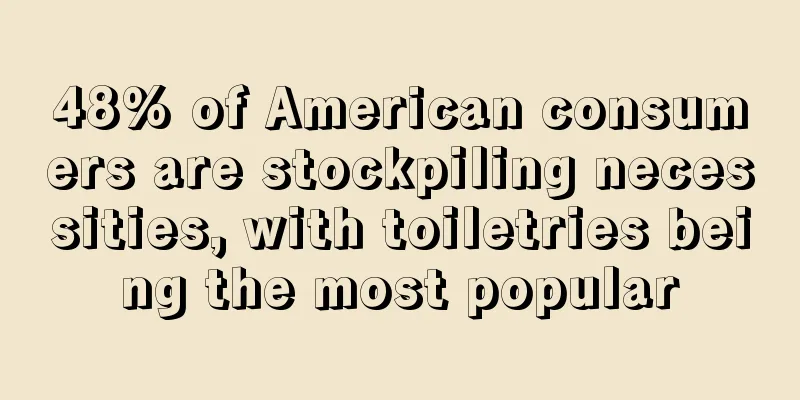Global online spending reaches $900 billion, and the epidemic has boosted the development of e-commerce in North America

|
According to Mastercard ’s Recovery Insights: Commerce E-volution, North American consumers will spend an additional $900 billion on global retail online during the pandemic. In other words: in 2020, e-commerce accounted for roughly $1 in every $5 spent by consumers .
Mastercard research suggests that around 20% to 30% of global pandemic digitalization trends will be permanent. For retailers, this shift is significant .
“Essential retail sectors, which had the smallest share of digital retail prior to the crisis, have seen some of the biggest gains in consumer adaptation,” the report said . “As new consumer habits take shape, we expect 70-80% of grocery e-commerce to persist.”
In the U.S., the pandemic has accelerated the shift to electronic payments, even in stores. According to an analysis by Mastercard , non-cash payments in stores and restaurants increased by another 2.5 percentage points above the current trend, accelerating the shift from cash to electronic payments by a full year.
More digitally advanced economies, such as the UK and the US, have seen greater gains from their domestic shift to digital, and these trends look more permanent than in countries that had smaller e-commerce shares before e-commerce.
For example, Argentina and Mexico , Asia Pacific , North America, and Europe are the strongest regions driving e-commerce adoption. International e-commerce grew by 25% to 30% during the pandemic , increasing both in sales volume and the number of different countries and regions from which shoppers placed orders.
Consumer spending on international e-commerce from March 2020 to February 2021 will grow by approximately 25% to 30% year-over-year, as consumers have endless options.
Consumers increase their e-commerce footprint, purchasing from up to 30% of online retailers: Reflecting expanding consumer choice, our analysis shows that consumers around the world are purchasing more from websites and online marketplaces than before. Residents of countries such as Italy and Saudi Arabia purchase from an average of 33% of online stores, followed closely by Russia and the United Kingdom.
“While consumers are stuck at home, they are spending more than ever, ” said Bricklin Dwyer, president of Mastercard Economics . “This has major implications, and countries and companies that prioritize digital technology will continue to benefit. Our analysis shows that even the smallest businesses can see gains from the transition to digital. ” Online spending epidemic E-commerce |
<<: Sellers beware: Etsy Australia postage rates are increasing
Recommend
What is Jing Que Yun? Jing Que Yun Review, Features
<span data-docs-delta="[[20,{"gallery"...
What is oropublishers? oropublishers Review, Features
oropublishers is committed to advancing knowledge ...
Amazon's hot-selling season is coming, these hot-selling products should be prepared
As we all know, there were almost no grand holida...
Net profit in half a year increased nearly 27 times, East China made huge profits from sales!
If we talk about the categories that are still po...
What is the Financial Supervisory Service (FSS) of Korea? Financial Supervisory Service (FSS) of Korea Review, Features
<span data-docs-delta="[[20,{"gallery"...
Taobao and Tmall announced 618 merchant relief measures, cross-border merchants can get these supports
Due to the frequent outbreaks of the epidemic, ov...
Another Chinese product was accidentally promoted by Trump!
How strong is the ability of “wild spokesperson” ...
What is Shandong Shipping Co., Ltd.? Shandong Shipping Co., Ltd. Review, Features
Shandong Shipping Co., Ltd. focuses on the ocean t...
What is Brandless? Brandless Review, Features
Brandless is a fast-moving consumer goods e-commer...
What is TaoTronics? TaoTronics Review, Features
TaoTronics is a high-end audio and video brand und...
Pinterest launches new feature, language barriers are no longer a problem
Pinterest recently launched a new feature - multi...
What is sandriver? sandriver Review, Features
Sandriver is a Chinese high-end fashion cashmere b...
What is Kaitai International? Kaitai International Review, Features
Shenzhen Kaitai International Freight Forwarding C...
What is DHLink? DHLink Review, Features
DHLink (DHLink Online Delivery) is a new model of ...
Amazon's algorithm is wrong again, and product search has a bug again...
According to CNBC, recently, due to an error in A...









